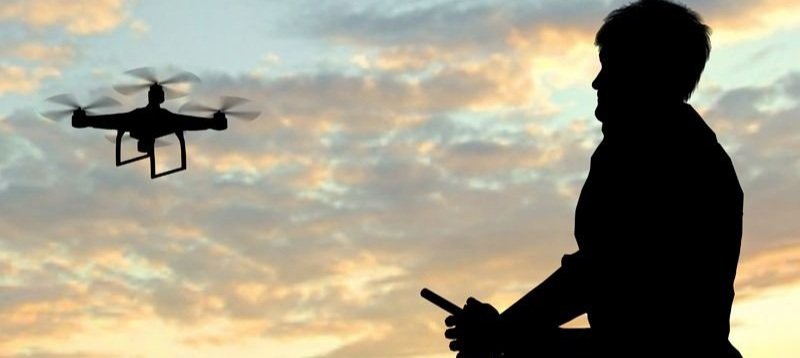Technical recommendations for flights
-
1. No operational information on the images
Before starting to take video or photos, disable the display of operational information such as date, logos, and watermarks. Also, make sure that the UAV parts do not get into the frame.
The presence of such information will interfere with the processing of the orthophoto.
-
2. Camera resolution
It is recommended to use images with a 4000x4000 px resolution or 4K video (3840x2160 px) to get the best landscape detail. The flight data processing software algorithms can work with lower resolutions, but the output quality will be lower as well. It is not recommended to use images with a resolution lower than 2000x2000 px.
-
3. Camera tilt angle
It is recommended to set the camera tilt angle to 90 degrees to achieve maximum image quality. This will ensure the accuracy of the shots and reduce distortion in the images.
-
4. Flight scheme
To create an orthophoto only, the user can fly directly from point A to point B. This will provide enough coverage for a 2D image. It is recommended to capture images following a flight plan with a regular grid to achieve the best results when processing the captured data.
It is recommended to fly using a more complex pattern to create a 3D model: a double grid (two perpendicular grids), or in orbital mode around objects (with a camera angle of 10-12°).
-
5. Flight altitude during shooting
The higher the camera resolution, the higher the altitude from which images can be taken while maintaining the necessary detail.
The recommended flight altitude is 100 meters or more to create an orthophoto. For sufficient landscape detail, the altitude should not exceed 1000 m.
It is recommended to shoot from a lower altitude or with a zoom to provide better detail for creating a 3D model. The recommended flight altitude for a high-quality 3D model is below 100 m.
Flight altitude and zoom cannot be changed during the shooting process.
-
6. Image overlap
An important criterion for obtaining a high-quality orthophoto and 3D model is the overlap percentage between images: the higher the percentage of overlap, the less quality loss occurs during processing. The recommended percentage of overlap is:
- at least 75% frontal overlap (relative to the direction of flight)
- at least 60% side overlap (between flight rows).
Overlap and flight height should be adapted depending on the terrain. For flat terrain, 80% frontal and side overlap is recommended. It is recommended to increase the overlap to 85% and fly higher to make it easier to detect similarities between overlaid images in forested areas with dense vegetation. It is recommended to reduce speed and make turns more smoothly when flying in complex patterns to maintain sufficient overlap and sharpness in these areas.
-
7. Video as the priority format
It is recommended to record video. Using video helps to maintain a high level of overlap with minimal loss of quality. An important requirement is video stabilization: the image on the video should be shake-free and not blurry. Therefore, it is necessary to consider weather conditions, especially wind speed and direction.
-
8. Processing with GPS
It is recommended to enable GPS coordinates before the flight to improve processing performance. Images or videos with GPS coordinates are processed much faster when creating an orthophoto compared to those without such data.

